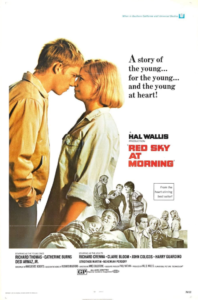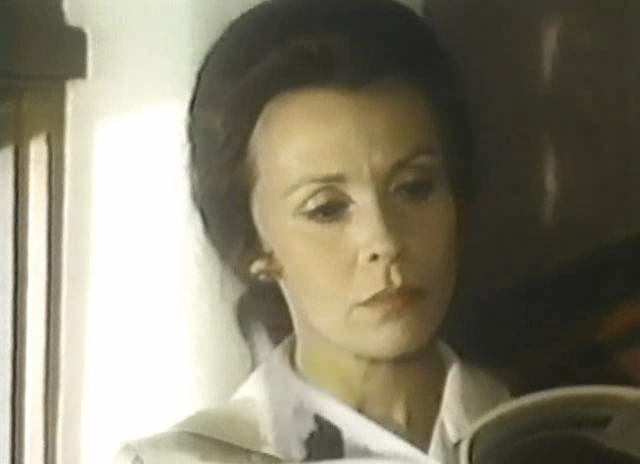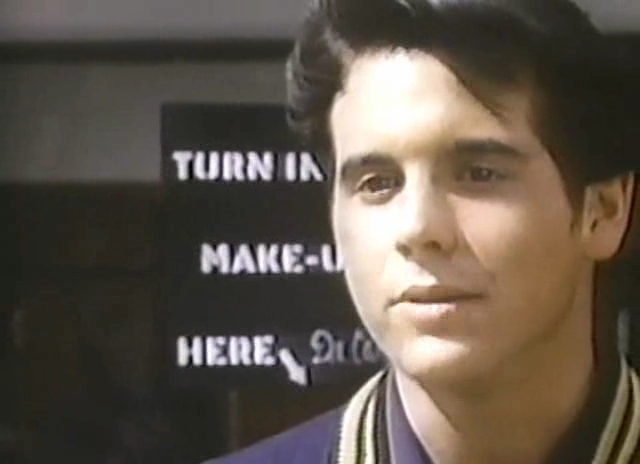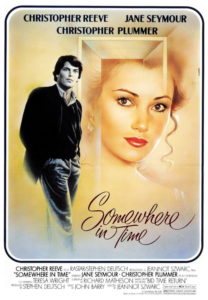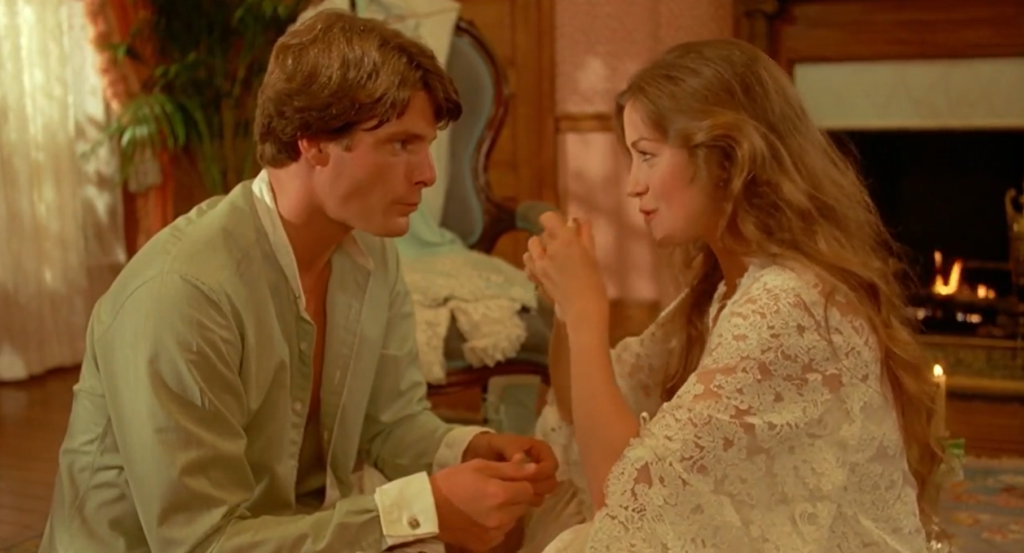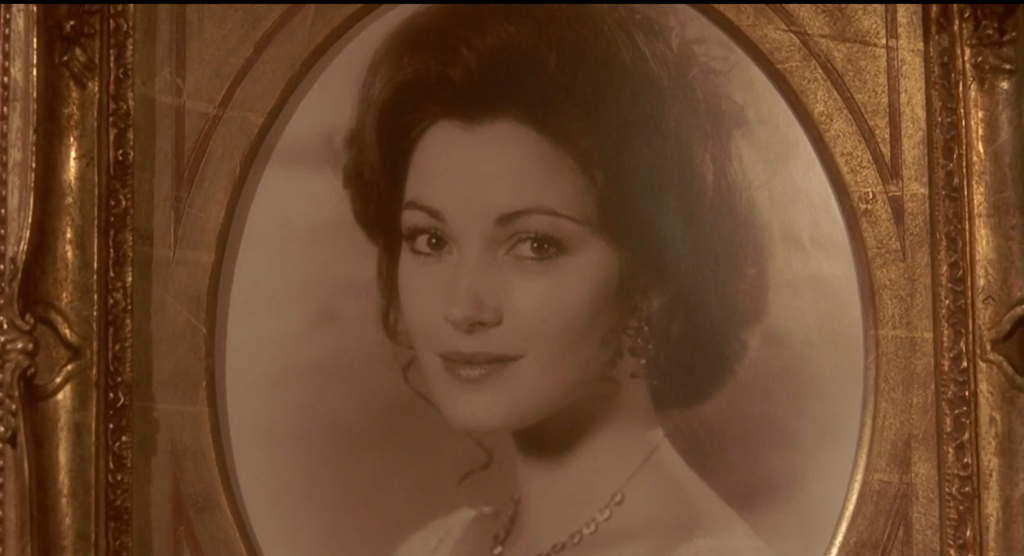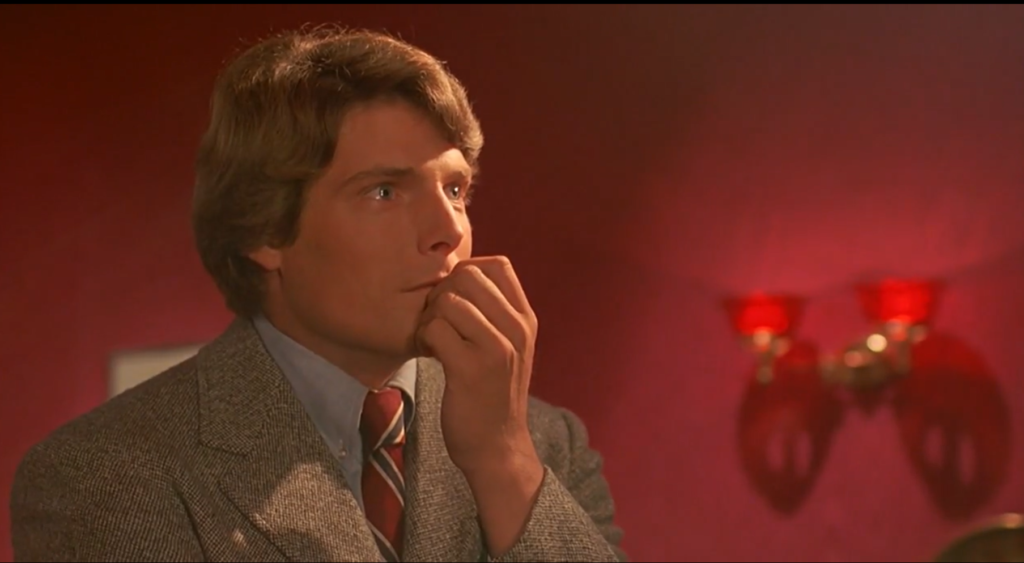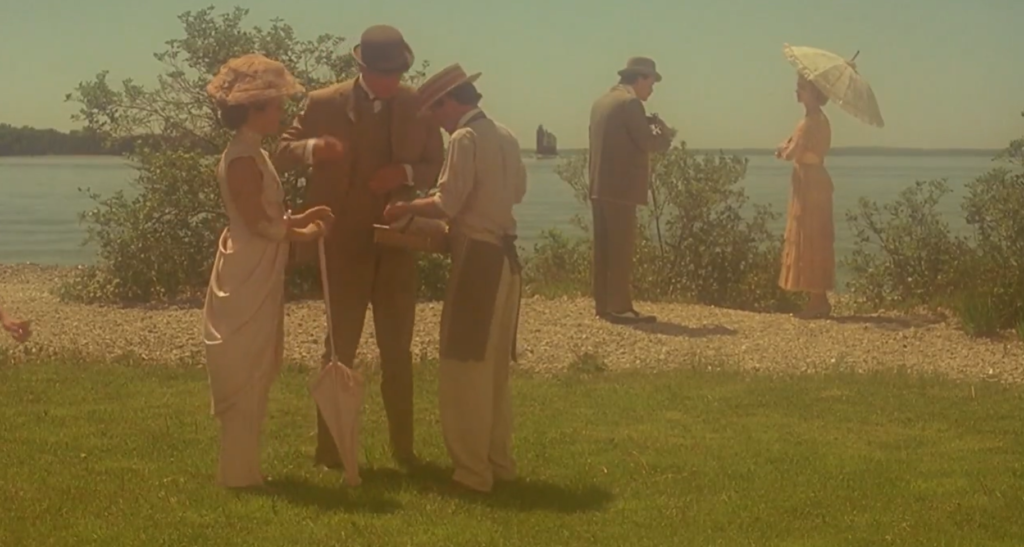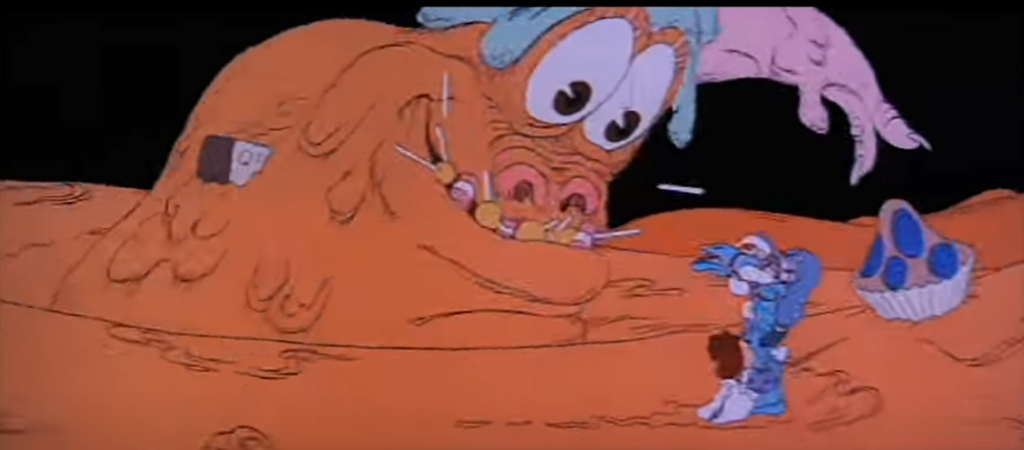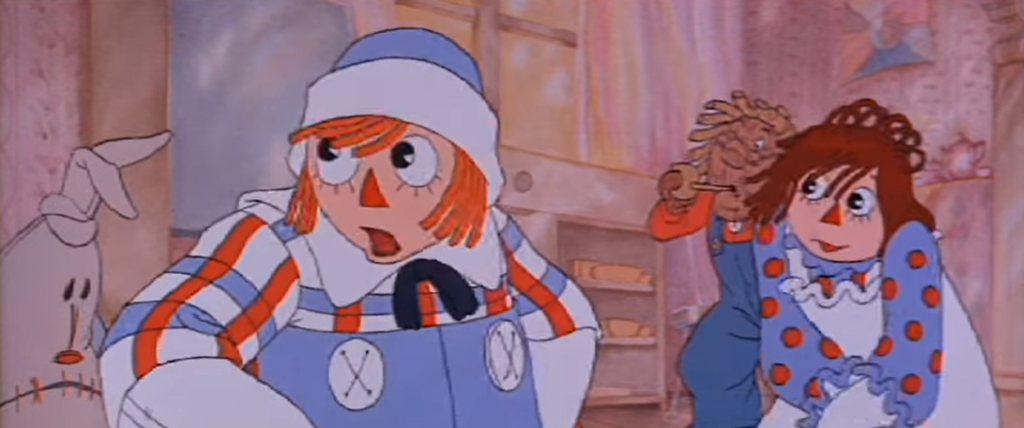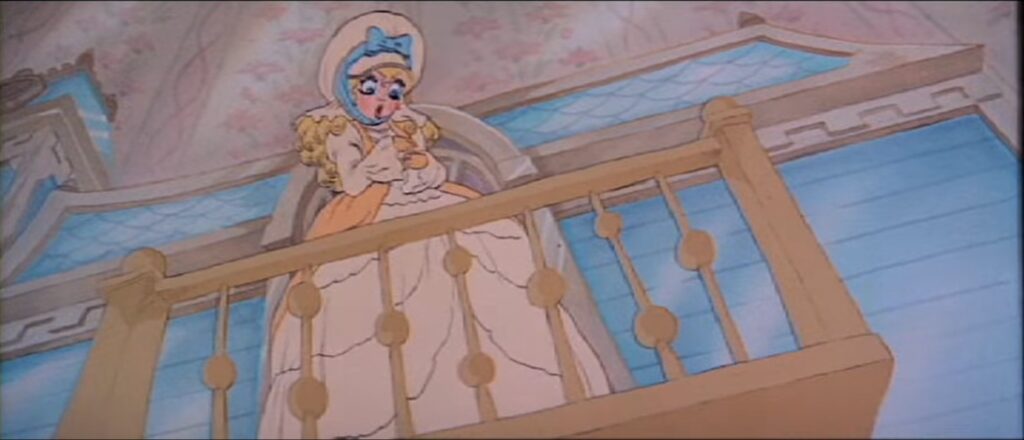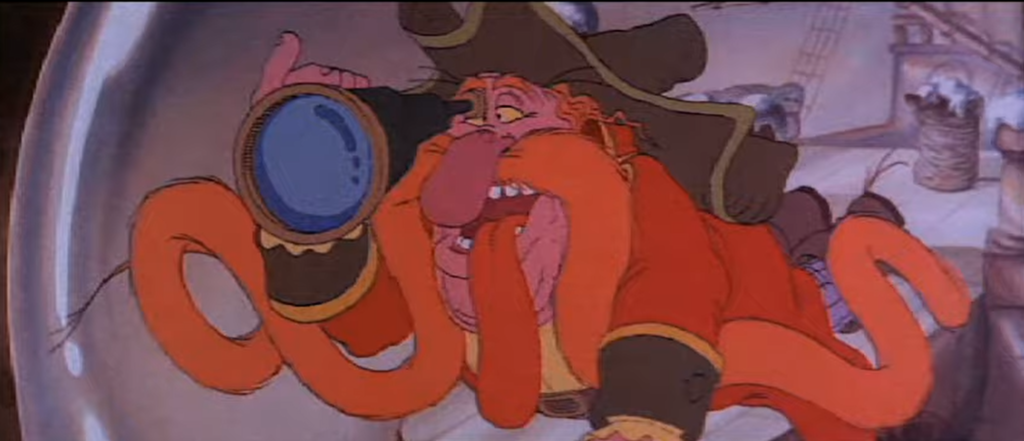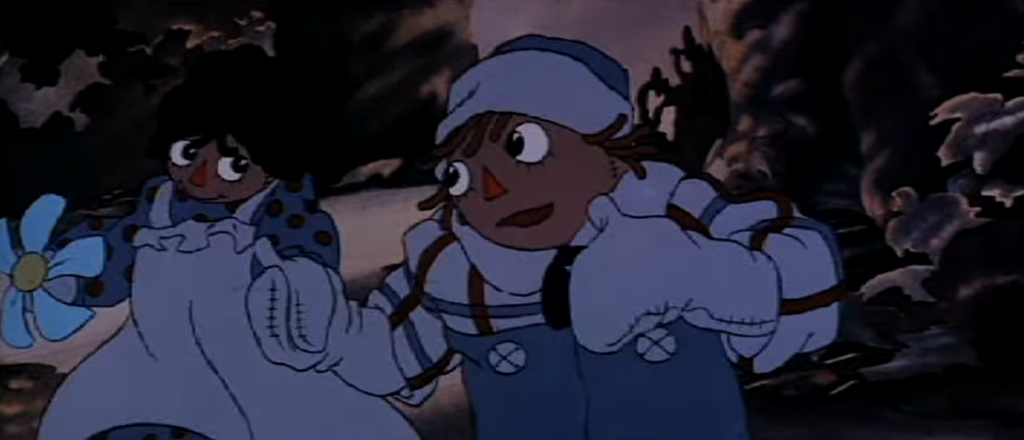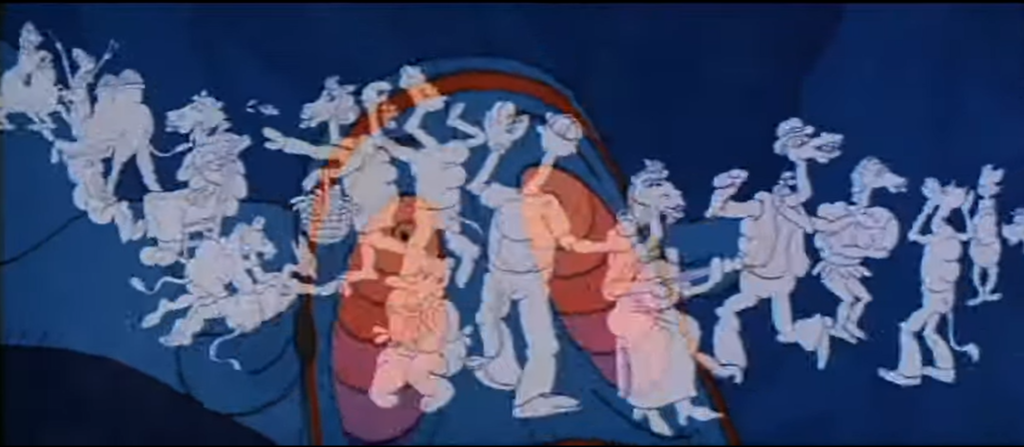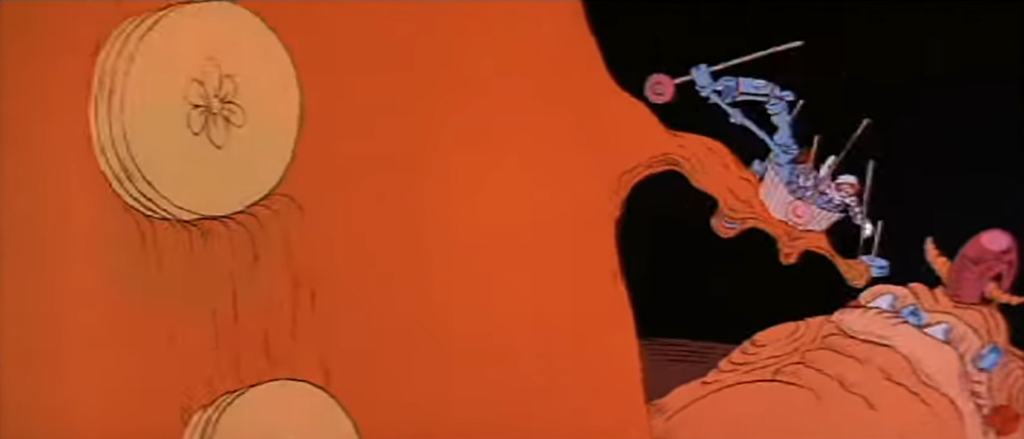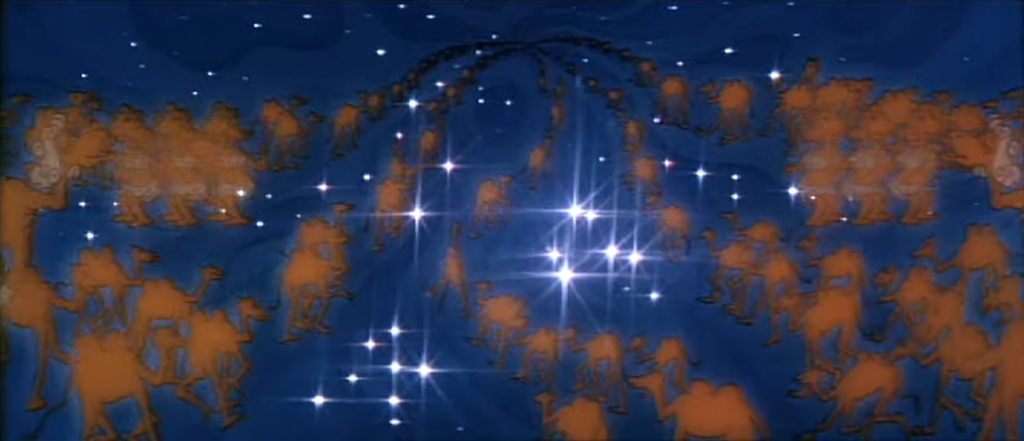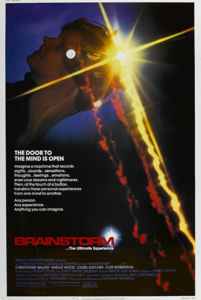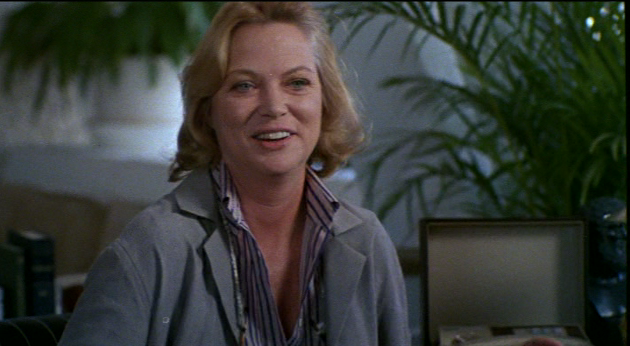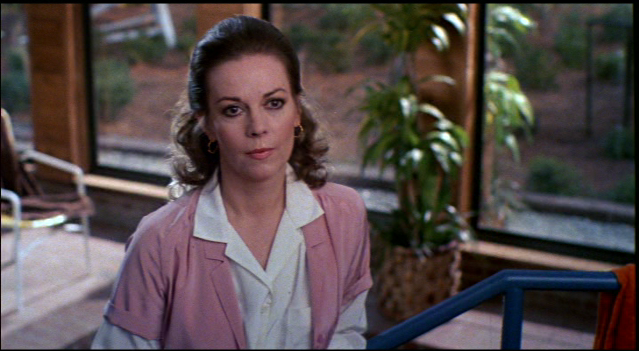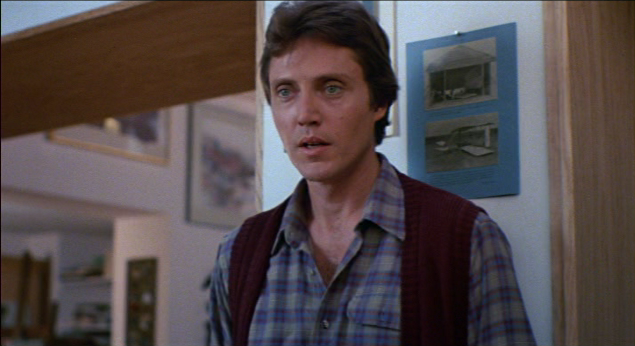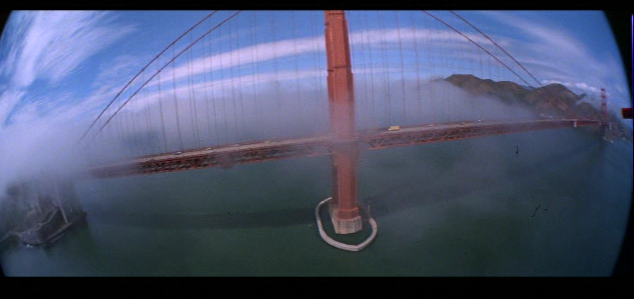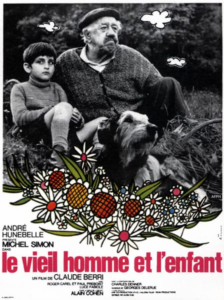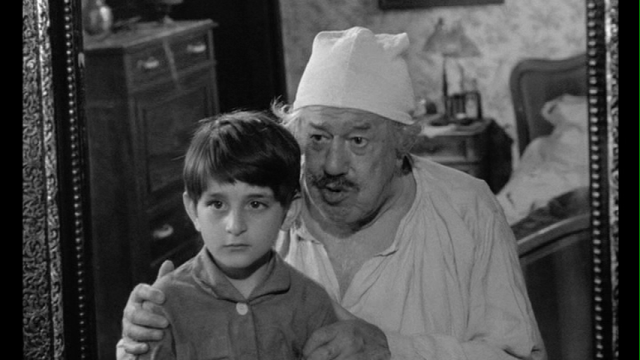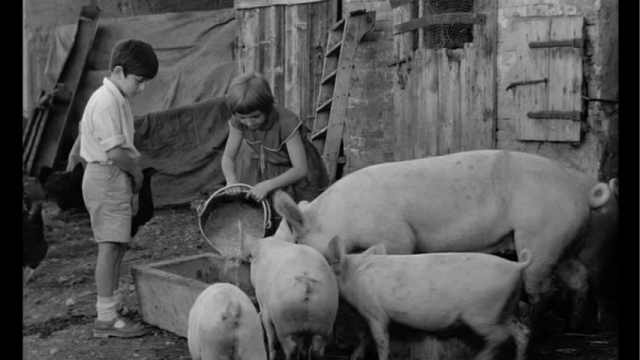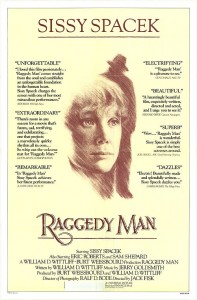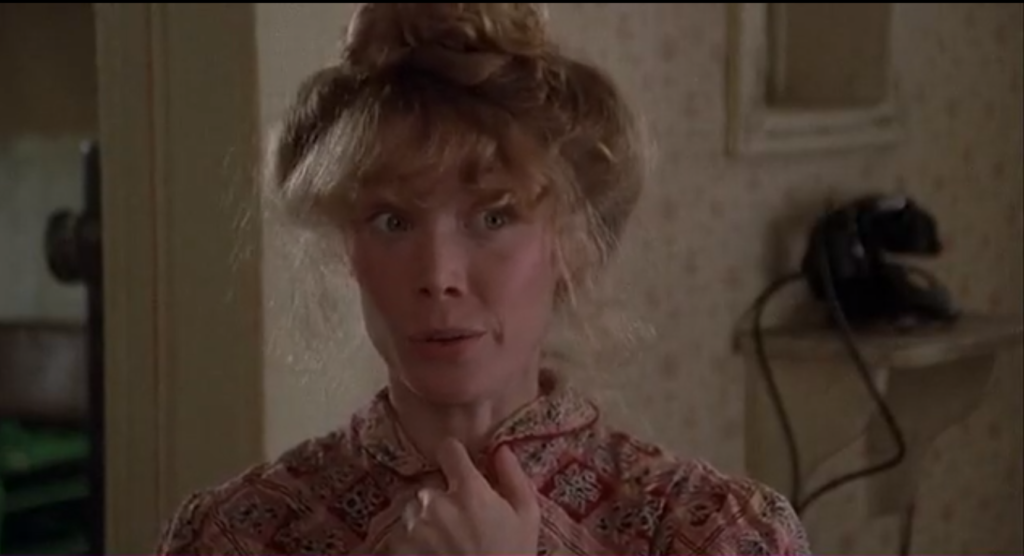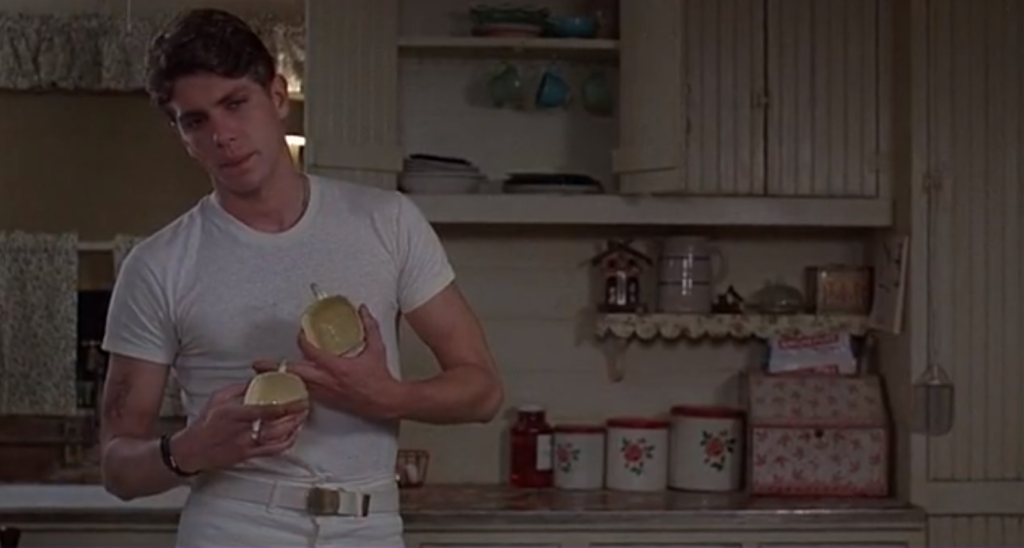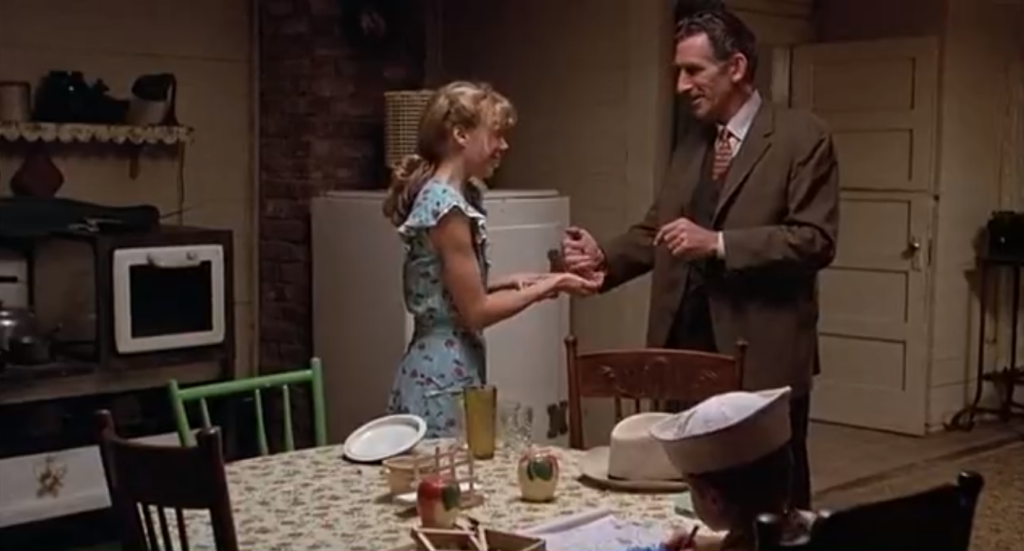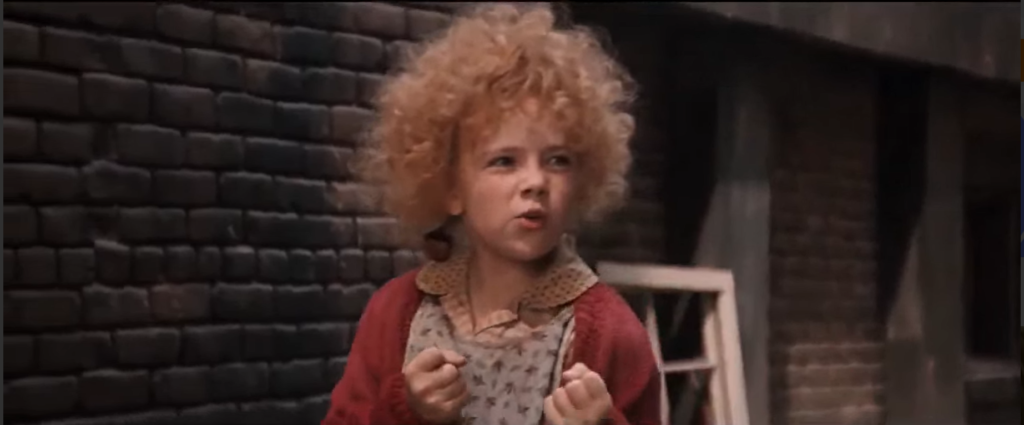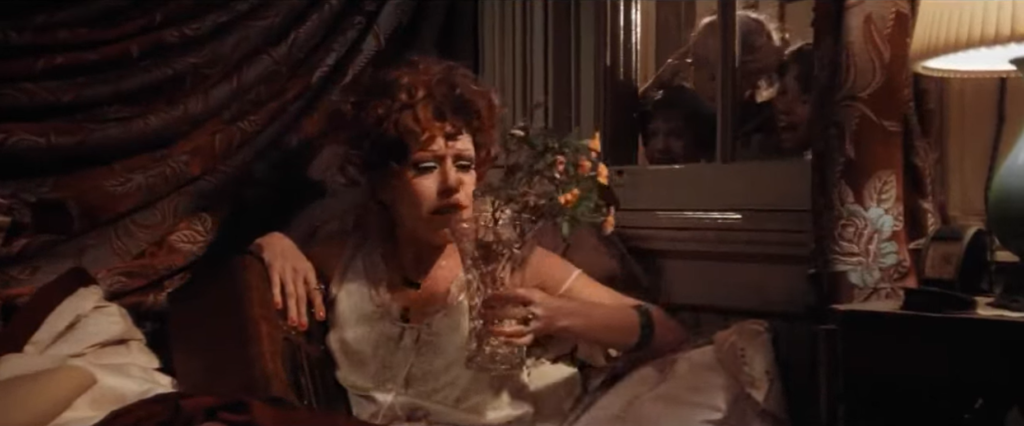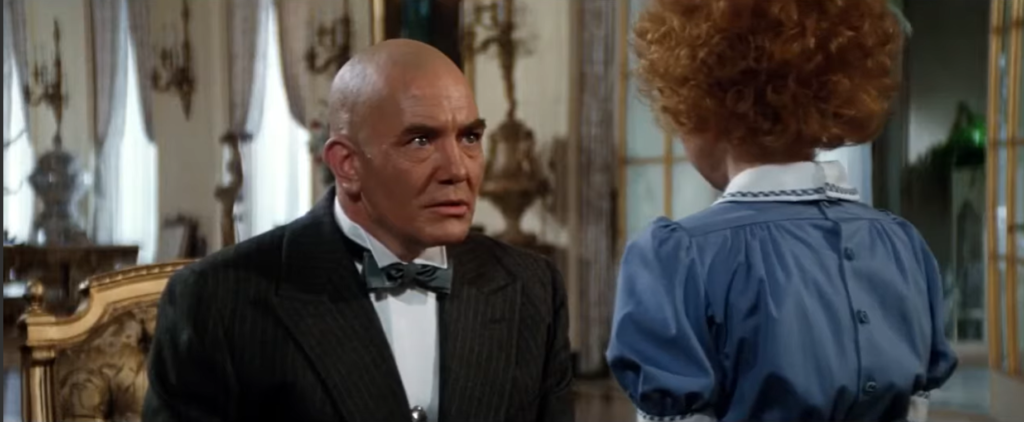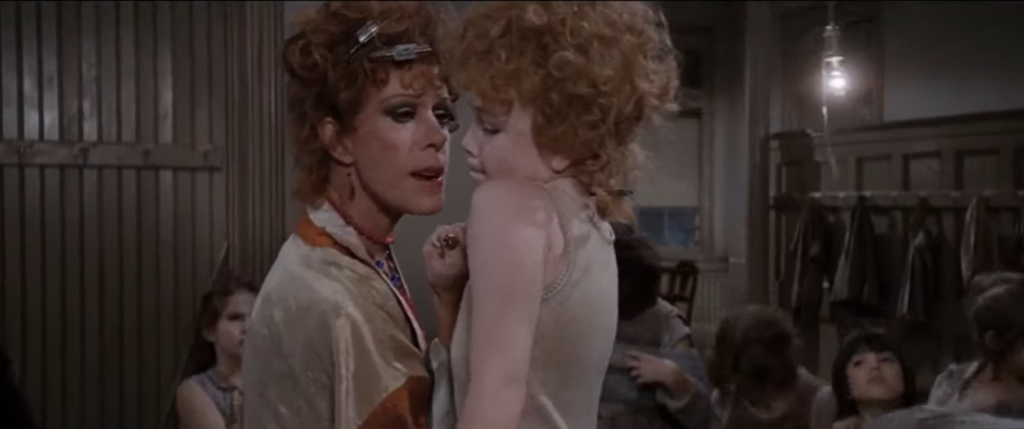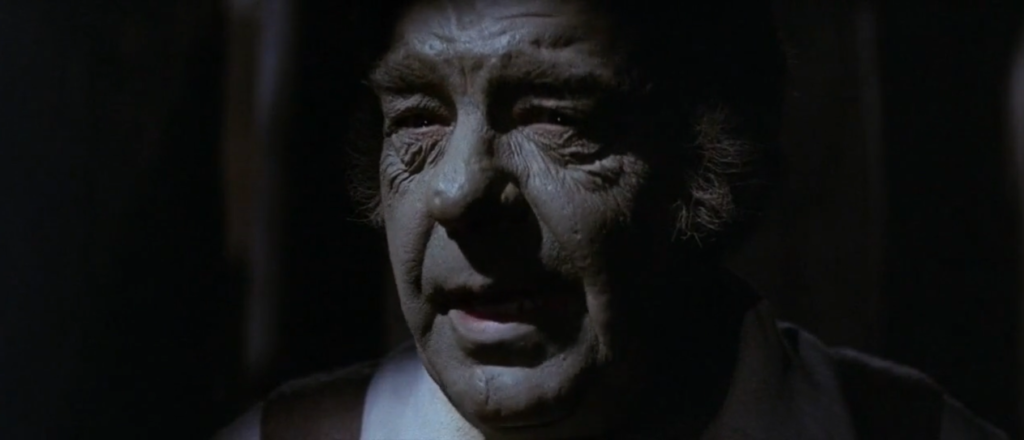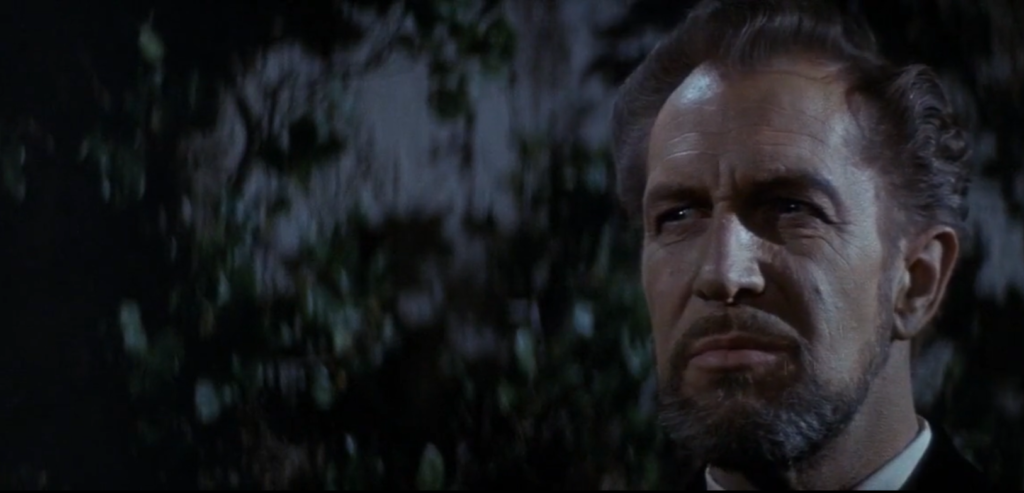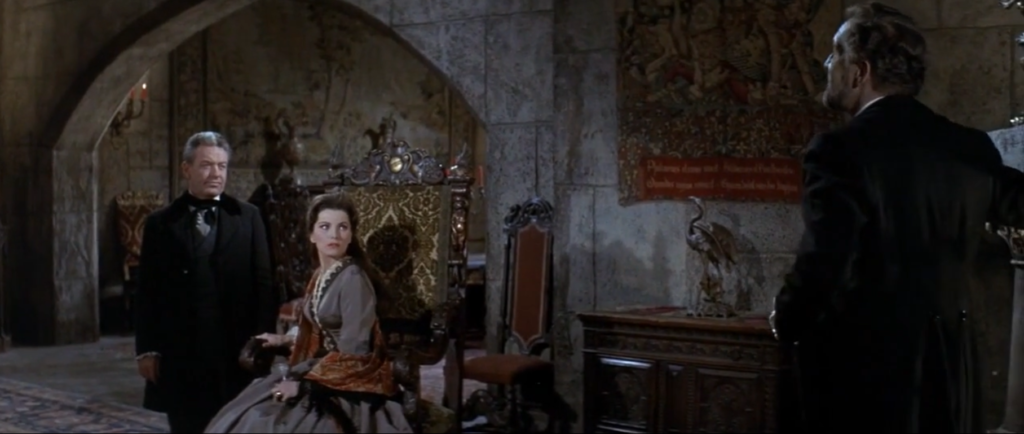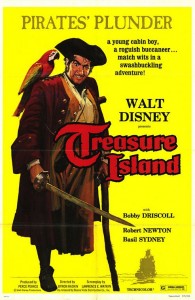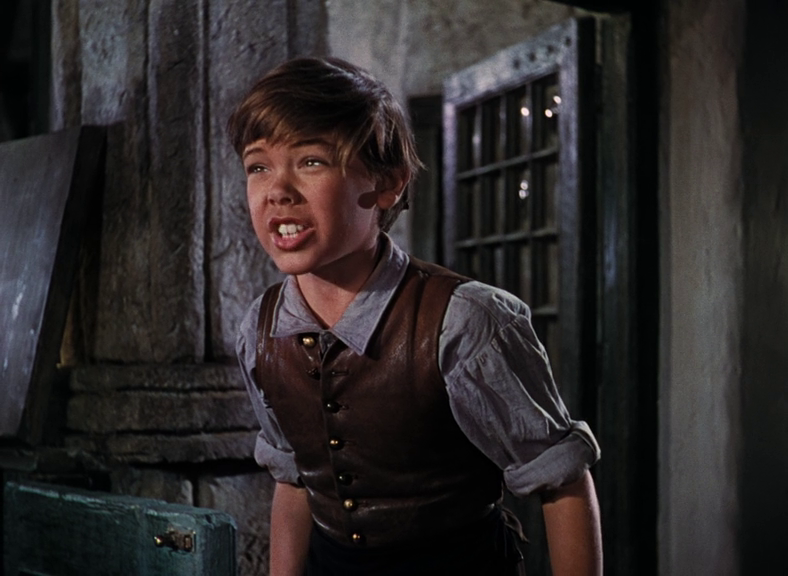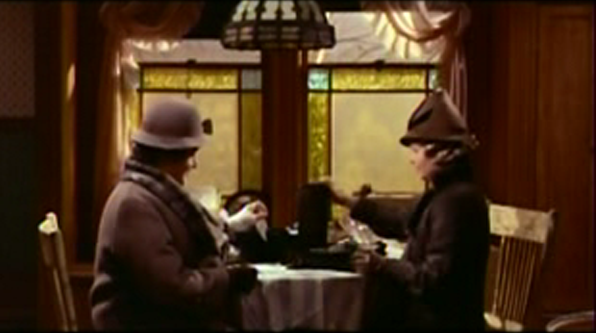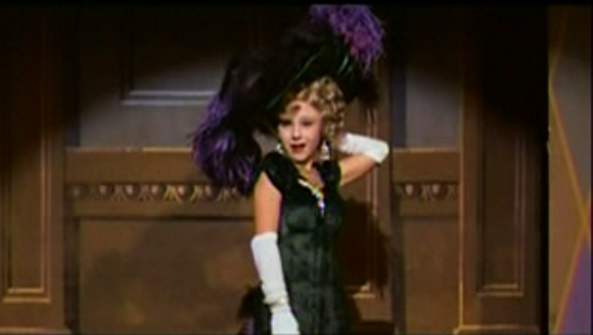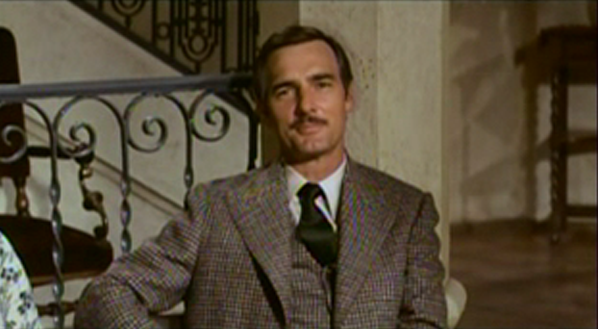Red Sky at Morning (1971)
“Red sky at morning, sailors take warning.”
|
Synopsis: |
|
Genres, Themes, Actors, and Directors:
Review: Thomas — who went on to much greater fame the following year as John-Boy in “The Waltons” — tries hard to create a sympathetic protagonist, but his mannerisms (particularly his tendency to break into nervous laughter while talking) soon become irritating. Claire Bloom as Joshua’s mentally unstable mother evinces a fine southern accent, but her character — all pampered melancholy and low affect — never comes to life. Even more enigmatic is John Colicos as Bloom’s dilettante cousin Jim-Bob, a “professional house guest” who is clearly an irritant to everyone except Bloom, but whose background within the family is never explained; when Joshua finally tells him off during a pivotal scene, it’s an empty victory. The best performances in the film are given by Joshua’s two closest friends, Steenie (Arnaz Jr.) and Marcia (Catherine Burns). Arnaz Jr. is wonderfully vibrant and amusing here; both his famed parents’ influences are clearly felt. Meanwhile, Burns (who co-starred with Thomas in 1969’s Last Summer) shows an impressive range — as in Last Summer, she’s precocious beyond her years, but here she’s refreshingly self-confident, a fine match for any self-possessed young man. Unfortunately, however, neither of these performances are enough to recommend the film as a whole. Note: Note that nearly any review you stumble upon of this film (or the novel it’s based upon) will give away a major plot development which doesn’t occur until the final fourth of the film; be forewarned. Redeeming Qualities and Moments: Must See? Links: |
